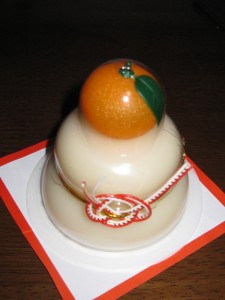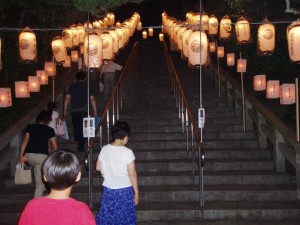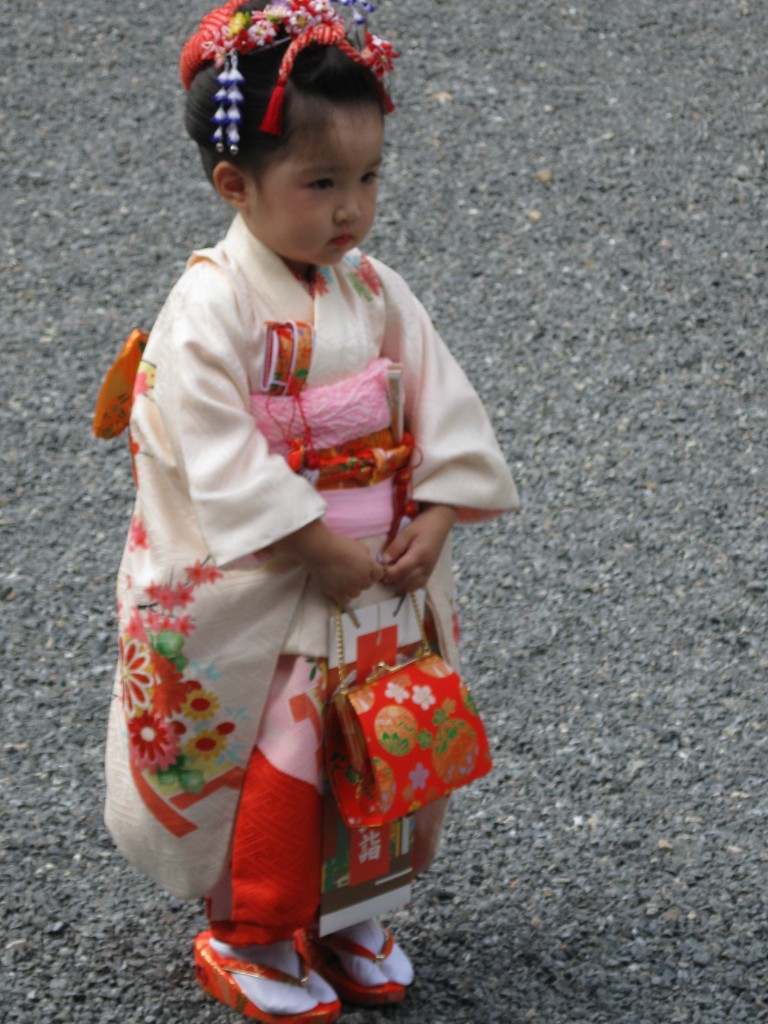
New Year decoration
The pagan tradition
The New Year rites in Japan are a reminder of how celebrating the yearly round is an important part of pagan traditions. It signifies our connection with the natural cycle and our rootedness in Mother Earth. Above all, it heightens awareness of living in the moment; through reflecting on the seasonal blessings we expand and enrich our consciousness.
Modern paganism has tended towards celebration of the four solar quarters together with the four great Celtic seasonal festivals. This begins with Imbolc in early February, when the first roots and shoots become apparent after the dark days of winter, followed by the spring equinox in March, when day and night are equally balanced and the prospect of brighter days lies ahead.
At the start of May comes Beltane, a time of vibrancy and fertility rites. With midsummer the solar energy is at its zenith, sunrise signalling the longest day of the year, while Lammas in early August sees the first fruits and harvest. The autumn equinox means a rebalancing of energies as thoughts turn towards Samhain at the end of October and a more reflective period. The winter solstice represents the heart of darkness in which the evergreen tree speaks of continuity and the spark of rebirth is kindled from Yule logs.

Obon: a midsummer time to meet with ancestral spirits
What then does Shinto have to offer?
Well, if you turn to Jinja Honcho, the Association of Shrines, you get the official version. In their pamphlet An Invitation to Shinto Spiritualism, the major festivals are listed as follows. Jan 1 – New Year’s Festival. Feb. 11 – Japan Foundation Day. Feb 17 – Kinen-sai (Spring Festival for Harvest) Oct 15 – Kanname-sai (Harvest Thanksgiving Festival) Nov. 23 – Niname-sai (Festival of First Fruits) Dec. 23 – the Emperor’s Birthday
Despite their name, most of these rites are oriented towards state and emperor. For a non-Japanese of democratic leanings, they are hardly life-enhancing. For more vital appeal with popular participation one would have to look elsewhere, such as the syncretic folk customs of the general populace. It is here that one finds the true vigour of the seasonal round in Japan.
An alternative calendar for the annual cycle would also begin with the New Year, as the nation turns out en masse to initiate a fresh start, followed by the coming of age day on the second Monday of the year when 20-year olds dress up in their best to be ritually proclaimed adults. The popular Setsubun festivities take place on Feb 3 to drive out evil spirits with bean-throwing, then on March 3 is Doll’s Day, considered a festival for young girls. At the spring equinox (Shunbun) people visit the graves of their ancestors to pray to them.

Shichi-go-san, involving children of 7, 5 and 3, takes place around Nov. 15
In early April there is cherry blossom viewing, with its connotations of evanescence, and on May 5 the boy’s festival when carp windsocks are hung up. On June 30 comes the summer purification rite of passing through the Chinowa circle, then the Tanabata festival of July 7 when the star lovers meet.
August is the time of Obon, the great festival of the dead when ancestral spirits are welcomed back.
On Sept 23 (Shubun), the autumn equinox, people again visit family graves, while around this time comes the harvest moon viewing, thought to be the largest and most beautiful full moon of the year.
November is the time of Shichi-go-san, when children of seven, five and three years old are taken to the shrine, and also a time for viewing the changing colours of the trees.
In December comes the Big Clean-up as people prepare for new beginnings and a fresh start with another cycle of the annual round.
Looked at in this way, the Japanese tradition has as much to offer as modern paganism. As we move into the early stages of 2013, let’s be mindful of our blessings and get ready for celebration of this miraculous great merry-go-round on which we’re all riding.

Leave a Reply